Search
 Video
Video
Cervical and Thoracolumbar Spinal Deformity Treatment Strategies, Part I: Historic Review
Lee A. Tan, MD, provides a review of past and current treatment strategies for spinal deformities, including breakthroughs such as Intraoperative neurophysiological monitoring. Video
Video
Put Your Shoulder Skills to the Wheel: An Anatomy-Based Lesson on Common Complaints
Sara Edwards, MD, illustrates tests for detecting specific injuries and explains when to order imaging, what images may show, and when referral to a specialist makes sense. Video
Video
A Shoulder to Cry On: Primary Care for Patients Complaining of Shoulder Pain
Board-certified orthopedic surgeon Elly LaRoque, MD, breaks down the three most common types of shoulder injury to facilitate efficient diagnosis and clarify treatment options. Video
Video
Fibroids: Overview and Current Treatments
Learn the facts about fibroids and various treatment options. Five case histories illustrate and explain myomectomy, MRI-guided focused ultrasound (MRGFUS), uterine artery embolization (UAE), laparoscopic radiofrequency ablation, and hysterectomy.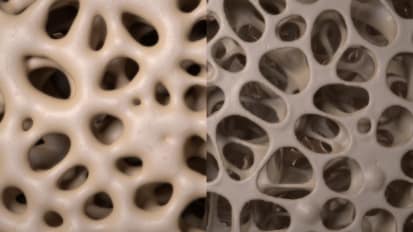 Video
Video
Osteoporosis Risk Factors and Treatments
Edward Hsiao, MD, defines osteoporosis and discusses the risks associated with osteoporotic fractures, contributors to these fractures, bone assessment techniques and treatments. Video
Video
Proven, Practical Prevention: Lower Your Patients’ Cancer Risks – and Anxiety
In this second part of her series on lifestyle and cancer, medical oncologist Natalie Marshall, MD, offers evidence-based answers to common questions on diet, sleep, and other risk-related factors. Video
Video
Halt the UTI Cycle: Tips and Techniques for Treating a Common Urinary Woe
Urogynecologist Abigail Shatkin-Margolis, MD, offers an update to help PCPs efficiently assess and treat patients prone to urinary tract infections, with a focus on both young and elderly adults. Video
Video
Tour UCSF Bakar Cancer Hospital
UCSF Bakar Cancer Hospital represents the culmination of the science and expertise that has made our cancer program second to none. Video
Video
What’s Hidden in the Female Heart: Keys to Identifying Women at Risk for Cardiovascular Disease
Cardiologist Jie Yang, MD, breaks down the evidence by age group and offers actionable steps for helping patients lower their risk.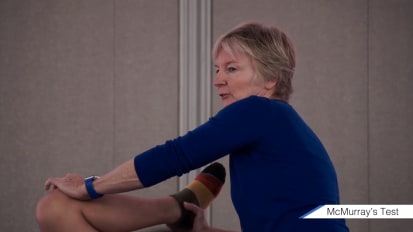 Video
Video
Knee Knowledge: Learn the Signs of Common Injuries
Orthopedic surgeon Christina Allen, MD, shows primary care physicians the best tests for assessing pain and limited range of motion in the knee – and explains when speedy referral to a specialist is crucial. Video
Video
Comorbidities and COVID: Care for Patients With Heart Disease and Other Conditions
Breaking down the latest stats, cardiologist Clifton Watt, MD, sheds light on which chronic conditions raise the risk of serious consequences from COVID-19 infection. Video
Video
Epilepsy Illuminated: How to Define, Diagnose and Distinguish Seizures
Neurologist Manu Hegde, MD, PhD, guides primary care doctors through the steps to follow for a seizure-like event, from getting an accurate history and differentiating epilepsy from other possibilities to selecting tests and categorizing your diagnosis. He also offers guidance on monitoring. Video
Video
Streamline Your Approach to Carpal Tunnel Syndrome: An Expert on Diagnostic Tactics and Effective Care
In just 20 minutes, orthopedic surgeon Lauren Shapiro, MD, MS, presents what clinicians need to know to identify CTS, from symptoms to simple in-office strength and screening tests, providing criteria for when to pursue electrodiagnostic studies. Video
Video
Monkeypox Update: Cases, Risks, Treatments and Vaccination
Infectious disease specialist Dr. Monica Gandhi, MD, MPH, delivers the latest on monkeypox (or MPX). Video
Video
Headache Update - Module 5
Explore three case studies: An overscheduled high school student with menstrual headaches, a tech company CEO with daily headaches and medication overuse, and a man in his 60s with limited treatment options due to diabetes and other health concerns.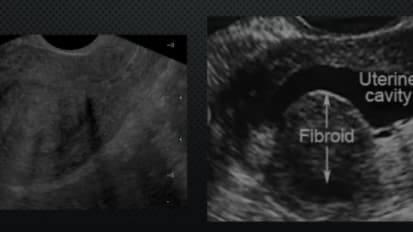 Video
Video
Case Studies: Fibroids
Dr. Jeannette Lager presents case studies to illustrate hysteroscopic myomectomy, MRI-guided focused ultrasound (MRGFUS), uterine artery embolization (UAE), laparoscopic radiofrequency ablation and hysterectomy in the treatment of fibroids.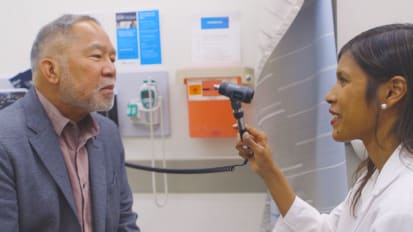 Video
Video
Case Study: Multiple Myeloma and Novel Immunotherapy Approaches
Hematologist Nina Shah discusses the treatment plan of a patient diagnosed with a smoldering multiple myeloma (MM). Video
Video
Integrative Approaches to Symptom Management for Cancer Patients
This presentation from a variety of UCSF specialists covers a range of practical topics, from how clinicians can easily meet the new DEA educational requirement for opioid use disorder to the current evidence on mindfulness meditation's capacity to alleviate physical, psychosocial and even existential distress in cancer patients. Video
Video
A Better Bladder Guide: Managing Patients With Common Urinary Complaints
This presentation from urologist Michelle Van Kuiken, MD, clearly defines overactive bladder and types of urinary incontinence, then walks through the pros and cons of treatment options – from physical therapy and meds to nerve stimulation and surgery. Video
Video
Diagnose and Treat Hip and Knee Arthritis: An Expert on Life-Changing Strategies
Orthopedic surgeon Jeff Barry, MD, presents a guide to identifying and managing the all-too-common conditions of hip and knee arthritis, with a wealth of tips on assessing histories, performing physical exams and ordering imaging studies. Video
Video
The Rising Problem of Maternal Hypertension: Management Keys to a Range of Conditions
Perinatologist Jennifer Duffy, MD, defines the categories of hypertension in pregnancy, providing criteria for diagnosis and monitoring – as well as the nuanced distinctions that inform management decision-making. Video
Video
Headache Update - Module 3
Learn how migraines begin and develop in the brain and how various treatments – from antiepileptics and triptans to beta blockers and botox – can prevent or relieve pain at different stages. Also: strategies for weaning patients off medication overuse.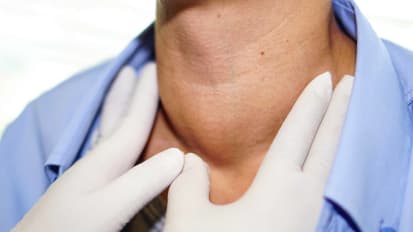 Video
Video
Neck Knowledge: Diagnostics and Care for Growths in Adults
Dr. Patrick Ha, UCSF’s chief of head and neck surgical oncology, breaks down the neck’s complex anatomy and provides a case-based discussion of common growths – including developmental cysts, salivary gland disorders, thyroid masses and HPV-related cancers. Included is a useful diagnostic flowchart.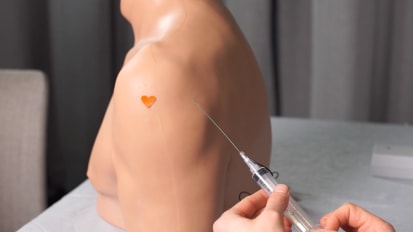 Video
Video
How to Do a Subacromial Shoulder Injection
Carlin Senter, MD, and Elizabeth Marshall, MD, discuss how to perform a subacromial shoulder injection, focusing on the supplies needed and the proper anatomic landmarks, including the advantages of both the posterior and lateral approaches for injection.

